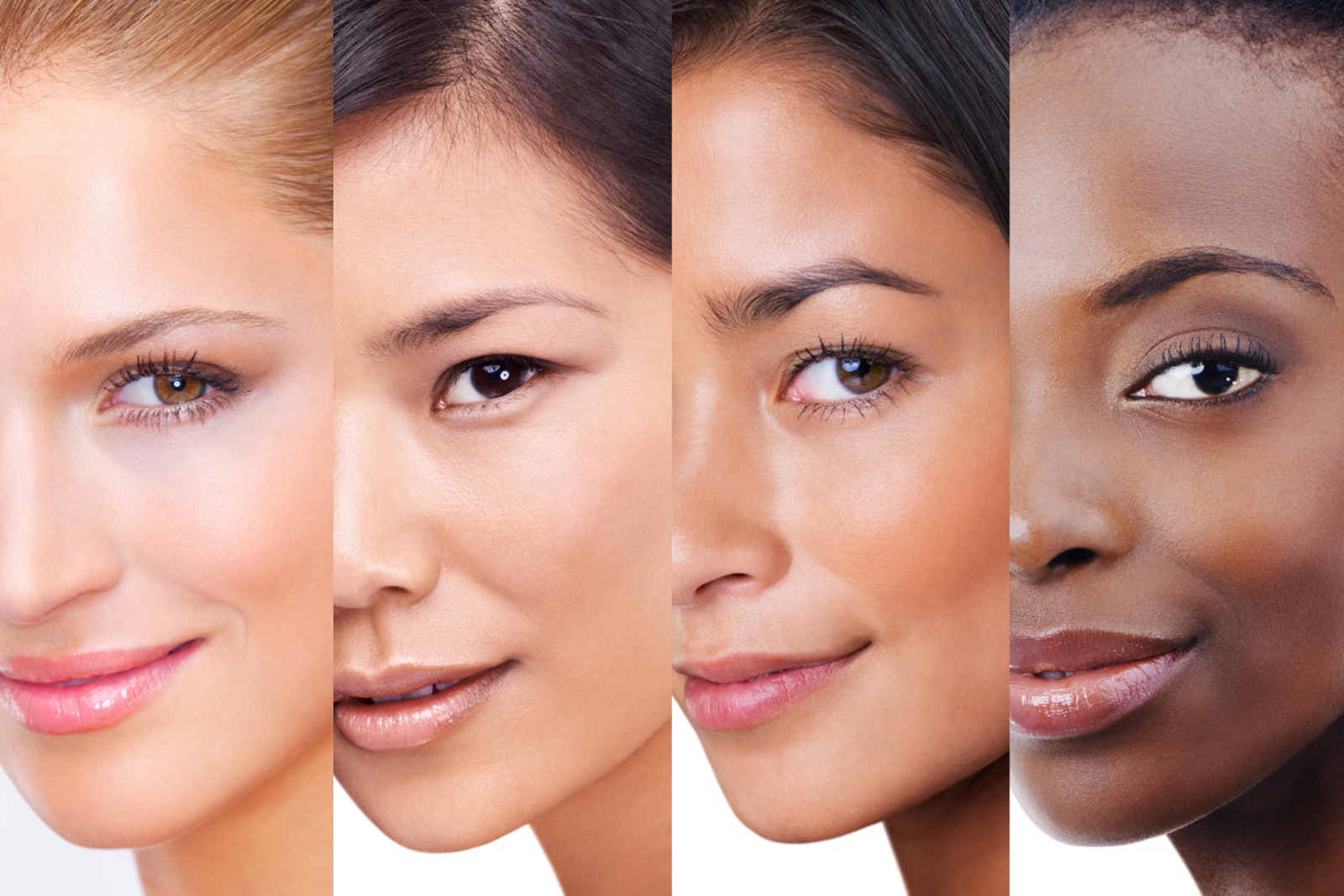Photo-types classification describes how sensitive you are to sunburns and related risk of skin damages and skin cancer. The most common system to describe a person’s skin type is the Fitzpatrick scale and is used by most dermatologists and healthcare providers worldwide.
The Fitzpatrick rating system measures the amount of pigment in the skin and its tolerance to the sun’s ultraviolet (UV) rays.
What is the Fitzpatrick scale?
Thomas Fitzpatrick first developed the Fitzpatrick scale in mid-seventies at The Harvard Medical School. The adaptation now in use by dermatologists’ ranges from very fair (Type I) to the very dark (Type VI) depending on the skin’s genetic disposition and reaction to sun exposure.
Knowing your skin type, you can make informed decisions on protecting your skin no matter what you are doing any said day.
What is your skin type?
Anyone can get skin damage, which can lead to skin cancer, whatever their skin colour. However, certain skin types are more at risk from the effects of UV radiation than others. Listed below are the different skin classifications, according to the Fitzpatrick scale.
Photo-types I to III
Photo-types I to III are at higher risk of sunburns and skin damages. People with these types of skin need to take extra precautions when they spend time in the sun.
Type I is Ivory
- Very pale with porcelain skin.
- Always burns and never tans.
- Light grey, blue, or green eyes.
- Blonde or red hair.
- Ivory celebrities include Prince Harry, Nicole Kidman, Liv Tyler, Cate Blanchett.
Type II is Beige
- Cream-coloured skin and perhaps freckles.
- Usually burns when in the sun although sometimes able to tan.
- Blue, grey, or green eyes.
- Dark blonde
- Celebrities include Cameron Diaz, Scarlet Johnson, Gwyneth Paltrow, and another member of the British Royal Family: Prince William.
Type III is Light Brown
- Before sun exposure: fair to beige, with golden undertones
- Tan slowly and sometimes get burned at the beginning of the summer, but usually, you can build a subtle glow at the end of the season.
- Hazel or light brown eyes
- Dark blonde or light brown hair
- Light brown celebrities are Julia Roberts, George Clooney, Sandra Bullock.
All the above photo-types need to be very careful in the sun as they are prone to sunburns and use SPF 30 or more to avoid photoaging effects and cancer risk related to sun exposure.
Photo-types IV to VI
Type IV is Olive
- Often described as light brown, golden skin toned.
- Do not freckle, rarely burns and tans easily.
- Dark brown eyes
- Dark brown hair
- Olive skin-type celebrities include Padma Lakshmi, Penelope Cruz, Henry Cavill.
Type V is Brown
- Moderately pigmented brown skin
- Never burns, always tans
- Dark brown to black eyes
- Dark brown to black hair
- Celebrities with Dark Brown characteristics are Ne-Yo, Naomi Campbell, Thandie Newton, Barack Obama.
Type VI is Dark Brown to Black
- Deeply pigmented dark brown to black skin
- Never burns and always tans darkly.
- Dark brown to black eyes
- Black hair
- Celebrities with these skin type traits are Nyakim Gatwecj, Djimon Houson, Whoopi Goldberg.
Benefits of knowing your skin type
By knowing your Fitzpatrick skin type, you can determine what treatments are best as well as what to be cautious of. You can also more accurately predict your response to different medical treatments.
Knowing your Fitzpatrick is important in evaluating your risk for skin cancer. Melanin in the skin absorbs and scatters energy from UV rays to protect skin cells from damage. Skin types with less pigmentation, such as types I to III, have less melanin and therefore less protection against harmful sun rays and are at a higher risk of melanoma and nonmelanoma skin cancers and sun damage.
That doesn’t mean that if you have skin types IV-VI, that you won’t get skin damage. No one is 100% immune to getting skin cancer. It can affect anyone who doesn’t properly look after their skin. So, no matter what skin type you have, you should always follow basic sun protection guidelines.
Want to know more about how to protect yourself from sun exposure, while still leading an active, healthy lifestyle? Sign up to our newsletter.


